From our friends at Huntin’ Fool:
You didn’t draw a tag, and now you’re left looking at the upcoming hunting seasons with a bit of angst. What can you do to still put meat in the fridge? Let’s take a look into a few different over-the-counter big game hunting options still available for public land hunting in the West this fall. We’ll touch on a few of my favorite states for these OTC opportunities.
If you’re looking for information on one particular state, jump to Colorado, Utah, or Arizona.
Sometimes, we are our own worst enemies. Throughout the last 5-10 years, insight into state draws and how they work along with tips to “beat” these draws have become more readily available. Mapping platforms like onX have revolutionized how we find accessible public land to hunt without risk of trespassing, which 20 years ago was likely some resident’s honey hole.
Consequently, state draws are seeing record-high applications for big game year-after-year and hunters are finding themselves without a hunting permit in their hands after the spring draw season. This has pushed most hunters to search for alternatives to draw type permits to fill their hunting schedule. As a result, states have had more and more demand for OTC (over-the-counter) type permits, which has resulted in more pressure on the resource (wildlife), and state agencies have had to adjust the way they issue/allocate these OTC permits.
We’ll look into a few of what I consider to be the best states available for hunters to secure a hunting permit this year through an OTC permit.
Upgrade to Elite Today
Get full access to Huntin’ Fool resources when you go Elite.
Colorado
Almost every state has some form of OTC hunt available to choose from. These hunts are managed for the opportunity to get out in the field and enjoy the outdoors while trying to fill your freezer. Most OTC hunts will average much lower harvest success than draw-type hunts, especially on public land. This doesn’t mean they are bad hunts; it just means there is a lot more competition for the resource and hunters are often required to put in more time and effort to increase their odds of harvest.
These hunts are typically looked at as bonding experience and training for young and old hunters alike to sharpen their skills; however, a service like onX Elite can help to increase the odds of success by combining the mapping expertise of onX with the unique boots on the ground experience of Huntin’ Fool. Any animal harvested on public land from an OTC area is an accomplishment, and once a hunter finds continued success under these types of conditions, they will be able to tackle most hunting endeavors.
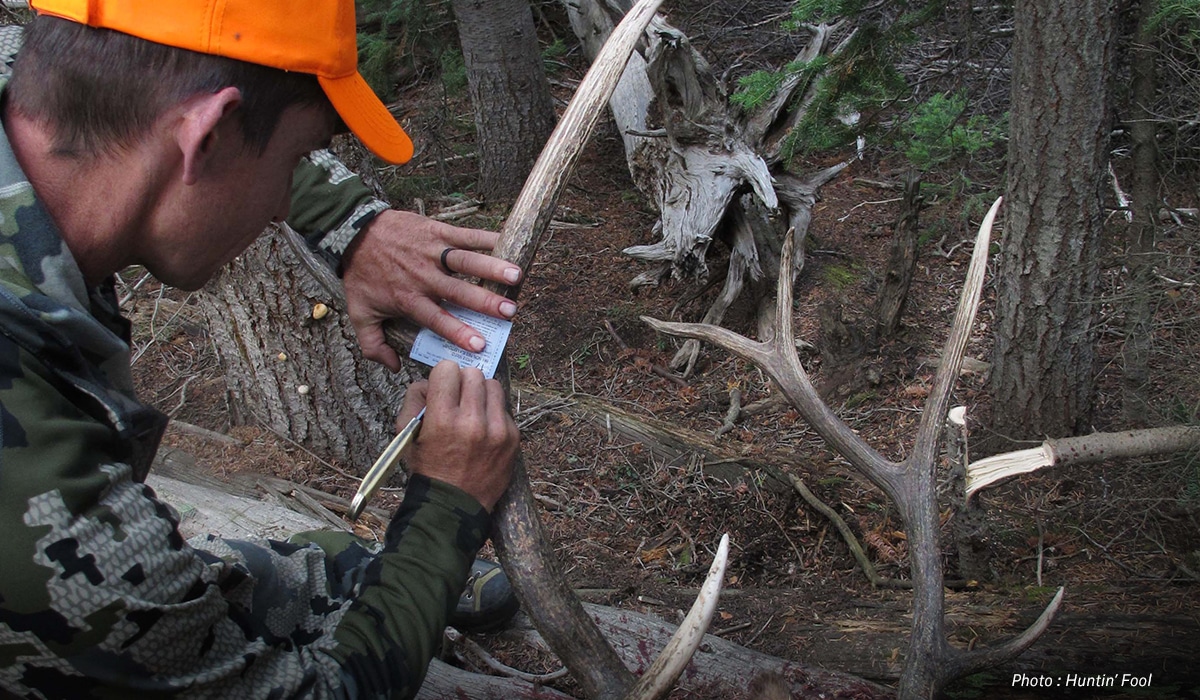
Colorado is still the king when it comes to OTC elk hunting. However, with other states like Idaho, Utah, and Oregon moving toward draws or putting a quota on the number of permits that can be issued, it will likely force Colorado’s hand in heading in the same direction in the future. For now, Colorado has unlimited OTC elk licenses that can be sold all the way up to and into the season for select units. Archery, second, and third rifle seasons all fall under this OTC platform.
There are a few important differences to know when getting ready to purchase one of these licenses, which we will touch on. Most—if not all—OTC units have antler point restrictions of four points or more, or a brow tine that is 5” or more in length on one side. These OTC elk tags go on sale on August 3rd at 9 a.m., but remember that they can be purchased at any time before the hunt ends at any CPW location, online, by phone, and at any license sales agent.
Your permit is only valid for a specific season. You cannot carry your license over into another hunting season, but you can jump around into different units so long as it is enrolled in OTC hunting for that season.
OTC Archery Elk
With the archery elk season happening September 2-30, most elk will reside at higher elevations, and Colorado has some of the highest. Because of this, hunters should expect a fairly physical hunt in most units across the western part of the state. Hunters looking to travel to Colorado for the first time or who live at lower elevations should plan on getting there prior to their hunt to acclimate and avoid altitude sickness as this can end the hunt before it begins.
With there being over 40 western units to choose from, there is undoubtedly something for everyone. Most units will have enough public land to hunt without paying guides or trespass fees, but some will require more homework and public/private land mapping to be successful. There are two different types of OTC archery elk licenses: an antlerless only and either sex. It’s important to note that the antlerless is a list B license and the either-sex is a list A license. Hunters can hold a list A and a list B license at the same time for the same species. Hunters wanting to purchase both will want to read the current regulations as these licenses are not valid in all the same units.
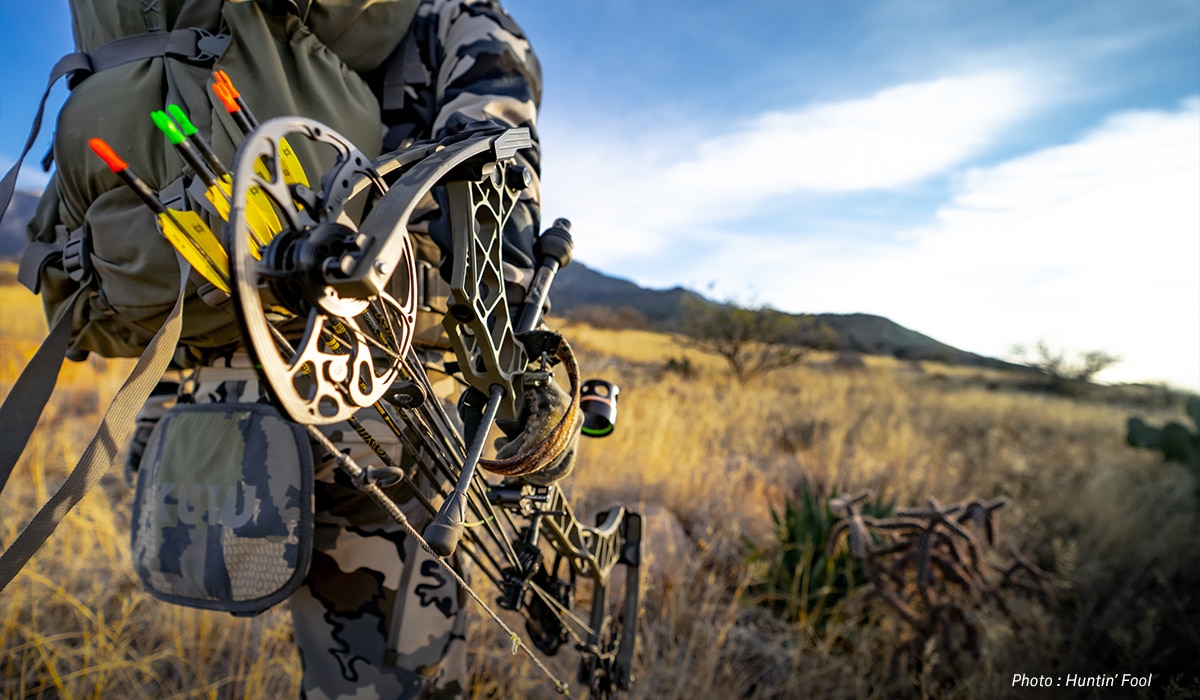
OTC Rifle Elk
There are four rifle elk seasons in most units across Colorado, but only the second and third seasons have OTC hunting available. Typically, the second rifle elk season happened the last week of October and the third rifle elk season happened the first week of November. Recent changes to season date regulations now have them pushed back even later, where the second season dates are now October 30-November 7 and the third season dates are November 13-19. While not a huge overall change, it will bring with it some challenges in weather-related access in most areas across the state.
Elk respond to pressure more so than winter weather. Their long legs and body mass allow them to endure deep snow and cold temperatures far better than smaller species like mule deer. If they can retreat to higher ground from hunting at lower elevations, they typically do. On the other hand, if they receive most of the hunting pressure at higher elevations and lower elevations are private land, they will typically head to lower elevations long before winter weather forces their hand.
Second-season hunters will have a better chance of finding elk on public land up high more so than third season, even if there is private land down low. Third-season hunters should make sure there is ample public land down low so as not to create a sanctuary for them to retreat to during the second-season hunt. Typically, the second season sees more hunting pressure than the third. This is partly due to more favorable weather and to getting first crack at the elk. In my experience, the third season can be just as good as the second for harvest success if the hunter is in good shape, has the means to get around in deep snow and mud, and has less hunting pressure.
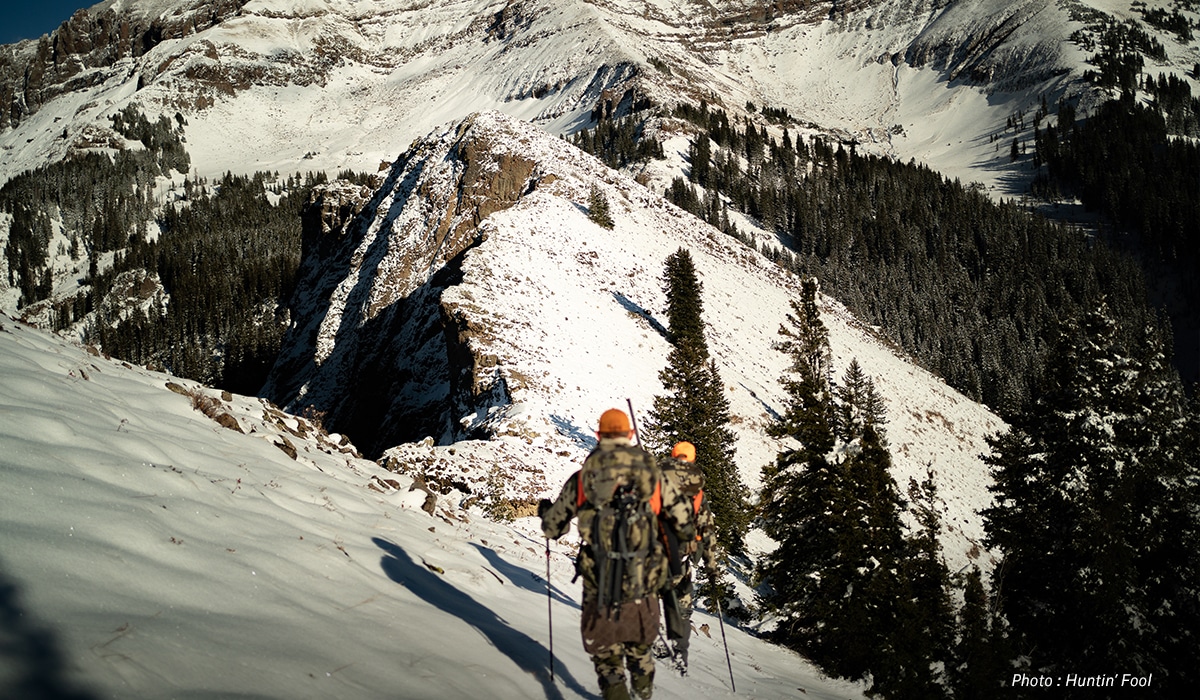
Colorado Conclusion
In conclusion, remember that all of these OTC units with ample public land have relatively the same trophy potential. If you want to increase your chances of harvesting a mature bull on one of these hunts, the best way is to spend more time and learn the unit. Every year, you will learn something new, and over time, you will be putting yourself more often in better situations throughout the hunt. Take advantage of the last of a dying breed and pick up one of these unlimited OTC elk tags and learn a unit. You just might find that big bull you’ve been looking for.
Access Elite Benefits
Huntin’ Fool resources, special discounts, and much more—but only for Elite members.
Utah
At this point, the only OTC permit still available in Utah is a general archery elk permit. Utah has an OTC general rifle and muzzleloader elk permit, but there is a quota on them and they went on sale in July and sold out. The any bull permits sold out within four hours, and the spike-only permits sold out within a week of going on sale. If you wish to purchase one of the general firearm elk permits, you will need to get ahead of the game next year.
However, there are still OTC general archery either-sex elk permits available that have an unlimited quota. The general archery either-sex elk permit allows hunters to hunt both any bull and spike-only units. Hunters must abide by the rules and season dates that correlate with the unit they are hunting in. For instance, you could be hunting in an “any-bull” unit in the morning where you could harvest a five-point bull if you turned one up, but if you moved across the street and hunted a different area that afternoon and it was within a spike-only unit, you would be limited to harvesting a spike bull.
With this being an either-sex permit, hunters may harvest a cow/calf in either area with the only exception coming in the Book Cliffs where hunters are limited to harvesting a spike bull only.
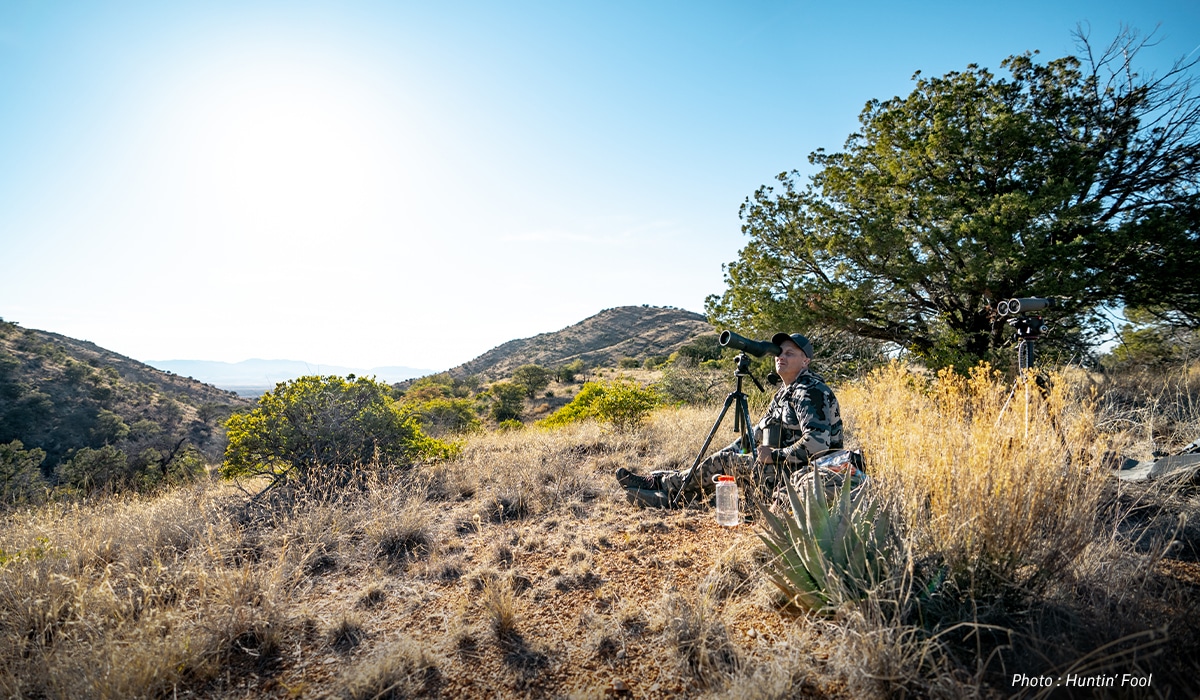
Any Bull Units
Most of these units have a good portion of private lands within them, with some consisting almost entirely of private land. The other common denominator is most of them have a lower elk population. The tough part is matching an any-bull area up that has good public access along with a good elk population. By and large, you get one or the other but not both. This is what makes these areas so difficult to have good success.
The only unit in the state that gets close to having both is the Uinta Mountains. Both the north and south slopes of the Uintas have ample public land and a formidable elk population for the best chance for a public land general season any-bull elk hunt. There are definitely other any-bull units of the 15+ available where good elk hunting can be found, but it will require more planning, preparation, and most likely years of experience to be successful.
Keep in mind that even in the any-bull units, any bull or cow is considered a successful harvest. The vast majority of bulls on the landscape are one to three-year-old bulls in these areas, and any bulls that make it to four+ years old are rare.
Spike Bull Units
These units are made up of Utah’s limited-entry units that are managed for older age class bulls. The main purpose for having these spike-only hunts is to keep the bull-to-cow ratio in check while providing opportunity for hunters to fill the freezer with elk meat. These units are almost the exact opposite of the any bull units when it comes to public land access and populations. There are only a few units out there that do not have ample public land and low elk populations. Success rates are a lot higher in spike-only units because of this.
The letter of the law when it comes to defining what a spike bull is is that any bull whose antler on at least one side does not fork higher than an outstretched ear is considered a spike bull. The reason for the explanation is there are some bulls that have antler growth oddities that can have mature bulls considered as spike bulls. If you are not concerned with the size of the bull harvested or would be happy harvesting a cow, the spike-only units are a better option.
Utah Conclusion
If you are just looking to fill the freezer with 100% organic elk meat, Utah should be near the top of the list. However, if you would like an opportunity at a mature bull with a general OTC permit, there are better options out there. Despite the fluctuating harvest success among archery units, the spike-only units are almost always higher than any bull units and occasionally get into the 20% range. This is some of the highest archery elk harvest success on public land general units anywhere in the West.
50-State Access
Use onX Hunt in all 50 states, plus get exclusive access to special benefits with Elite.
Arizona
For years, Arizona has had OTC unlimited archery deer tags that cover multiple season dates depending on the unit. I always considered this non-permit archery deer tag to be one of the most overlooked and underutilized tags in the West. This permit can be purchased year-round in person from a license vendor.
As with many other OTC hunts across the West, these hunts have gained more and more popularity over the last five to 10 years, to the point that units that were once OTC for archery are now being converted to draw-type hunts. Some units have had certain seasons cut from the OTC hunts but still have other seasons remaining under the OTC designation. Regardless, these OTC archery hunts are starting to dwindle, and if you find yourself without a tag this year, this OTC archery deer tag is the best option out there to hunt mule deer or Coues deer on public land.
Mule Deer
Just in case some of you were thinking you could buy an OTC archery deer tag and hunt the Arizona Strip or Kaibab, think again. All of the eligible units for this OTC archery hunt are south of the Grand Canyon. The units that primarily have mule deer have taken the bulk of the season reductions or were cut all together. Most of the mule deer in these areas are more of a desert mule deer, which typically rut later in the winter around the December/January time frame.
Despite there being unlimited tags for these archery seasons, there are still a few mature bucks to be had, especially during the January season when the rut really gets cranking. The genetics of these deer in central and southern Arizona are often inferior to deer north of the Grand Canyon. Primarily, mature bucks will have smaller frames and crab-forked or three-by-three antler configurations, but there are always exceptions with a few giants coming out of the woodwork. The further south in the state you get, the lower in the valleys these mule deer reside. Hunters find them more frequently in low-rolling mesquite brush and pinyon/cedar tree hills.
Coues Deer
These little deer are probably one of the top five hardest big game animals to kill while spot and stalk hunting with a bow. Advancements in archery technology have helped increase the harvest success in recent years, but by and large, it is still very difficult to seal the deal on a mature Coues whitetail buck. Coues deer tend to inhabit more rugged, steep type mountainous terrain but still take in some lower land rolling hills. One common denominator is that bucks tend to favor thick tree and brush canopies regardless of the area they choose to call home.
Mature bucks can be very difficult to find during the early archery season in September and early December as they do not spend much time on their feet outside of heavy cover until dark. The great equalizer for harvesting a Coues deer buck is water. The rut helps bring them into water with does, but in the extreme heat, Desert Coues deer will often water every day. I look at the early September season as a hunt that will require more time scouting and finding water. If you can isolate a Coues buck’s home range during the early season, it will often be very small, but it still can be extremely difficult to harvest him.
The later season in late December and January is a better hunt for individuals for whom scouting and patterning a buck isn’t possible. Because it is colder and deer in general will be on their feet longer combined with does coming into estrus and bringing bucks out of cover, bucks are more vulnerable to be spotted during daylight hours.

Arizona Conclusion
This OTC archery deer hunt will not last forever, and it is the most underrated tag in the West. If you are at all interested in hunting mule deer and/or Coues deer during the rut in beautiful weather in the middle of winter, then I suggest you take advantage of it before the opportunity is no longer available.
There are many more states that offer decent OTC hunts like Oregon archery elk (even though this is likely the last year for it), California blacktail deer, and North Dakota and Nebraska archery deer, but the states I listed are the ones that I feel offer the best chance at success with plenty of public land to hunt on. Use these hunts to get out into the woods with friends and family and explore new places and challenges only hunting can provide.
Opportunities like these are fading fast and won’t be around forever. If you are truly interested in hunting the West every year, you need to have an application strategy for draw tag hunts as well as using these OTC hunts as a supplement to your draw tags. If you need help building a long-term hunting strategy that will put you in the woods every year, reach out to us here at Huntin’ Fool. That is literally what we do, and we would love to help you accomplish your goals.
You can save time planning and gain invaluable experience for your hunt (with free access to Huntin’ Fool and other trusted services) anywhere in the U.S. with an onX Elite Membership.
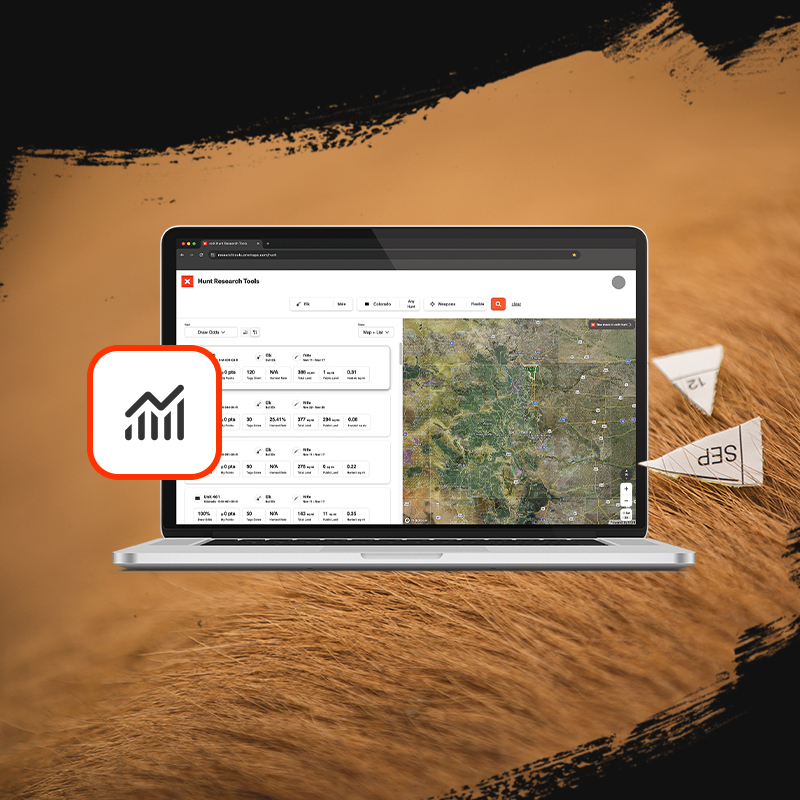
Your One-Stop Application Season Stop
To maximize your time spent researching and applying—and to help you build your strategy to successfully draw in 2024 and beyond—we’re providing onX Hunt Elite Members with FREE services in one comprehensive package:
- Hunt Research Tools: In-Depth Draw Odds and Application Tools
- Huntin’ Fool: Boots-on-the-Ground Research and Insight
- HuntReminder: Worry-Free Text and Email Reminder Service
- onX Hunt: Map Your Hunt With Research Layers

